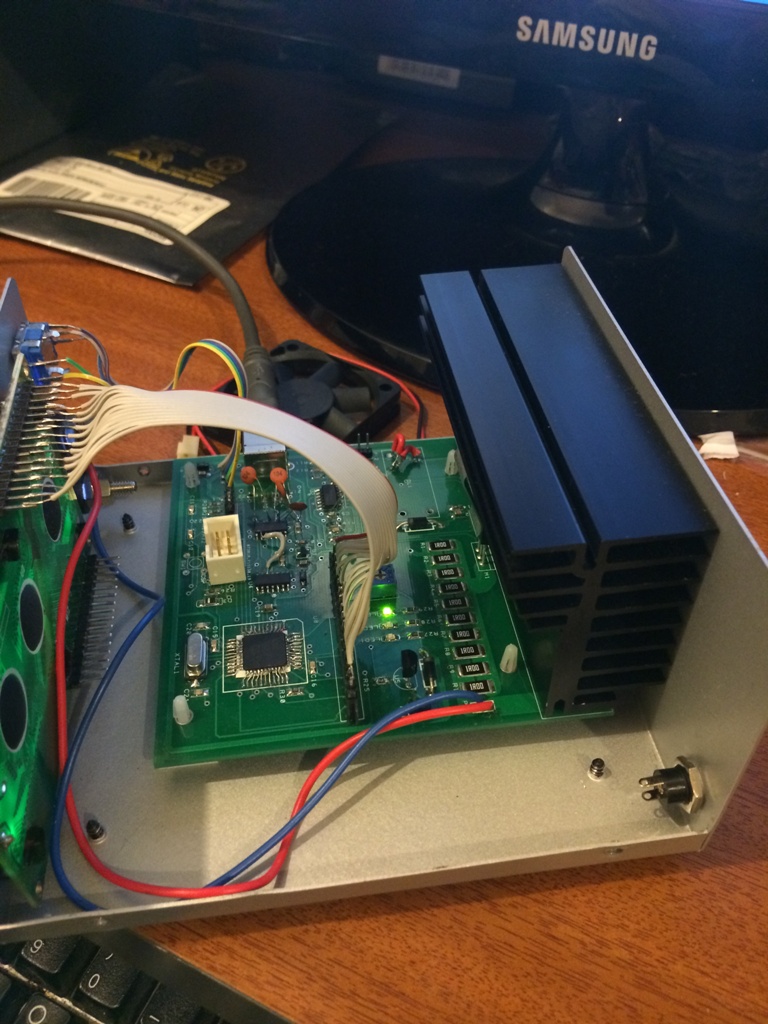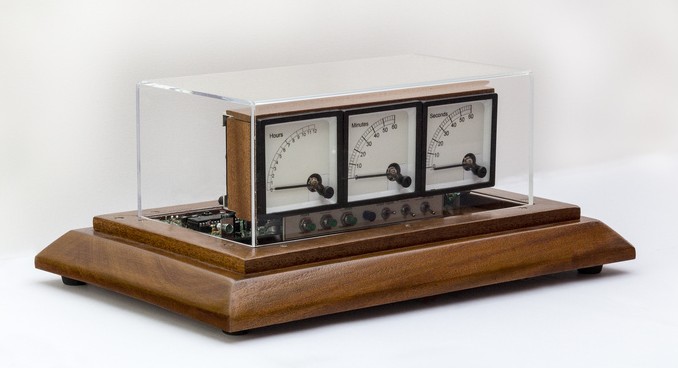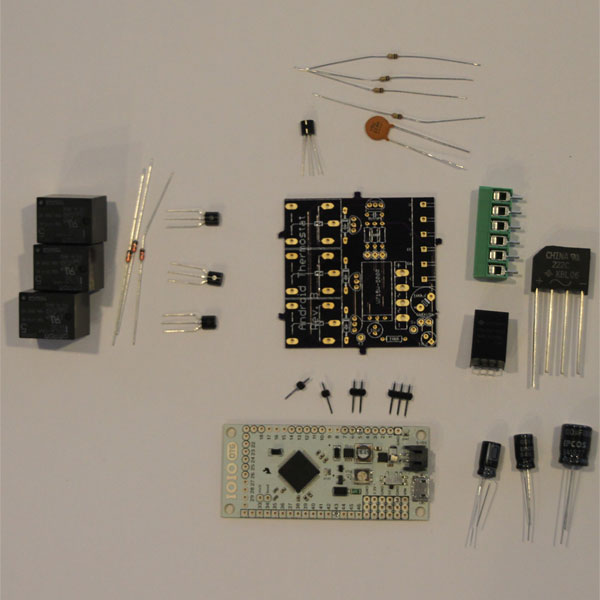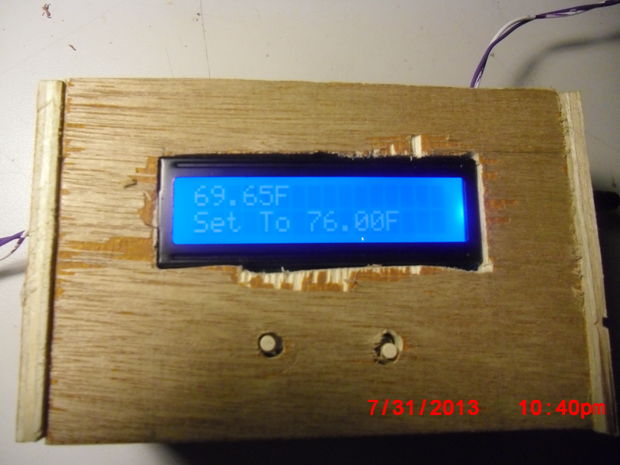Dummy Load Build
 Wigman27 on the EEVblog has built a great looking Dummy Load. The nice and bright 4 line LCD display shows us voltage, current, resistance and power. This gives some great detail at a glance. The large lugs on the front and simple adjustment knob interface make this a great addition to your bench. The thread is interesting, he discusses the circuit design and shows some nice pictures of





